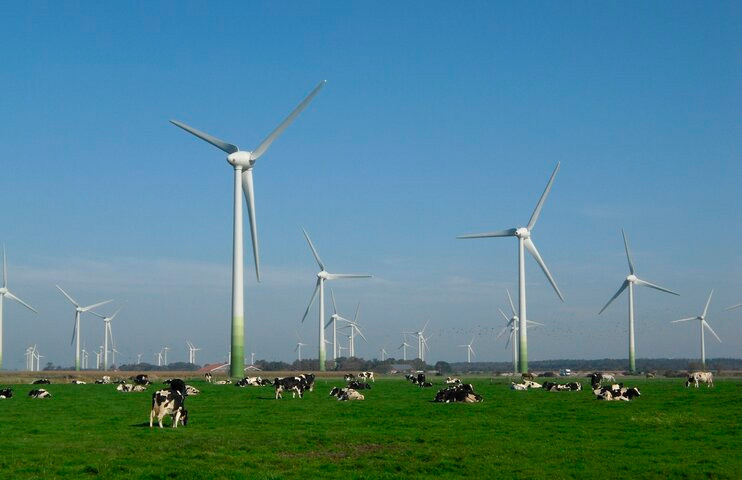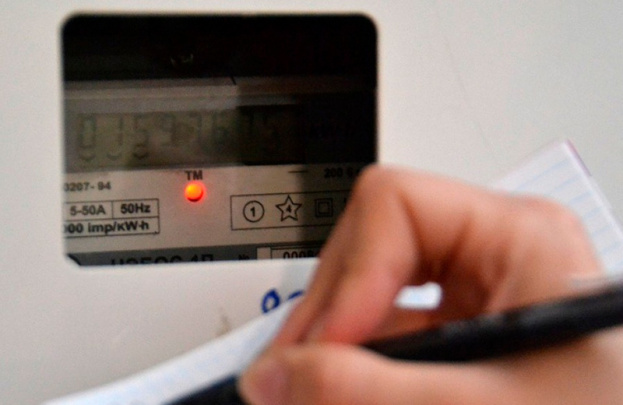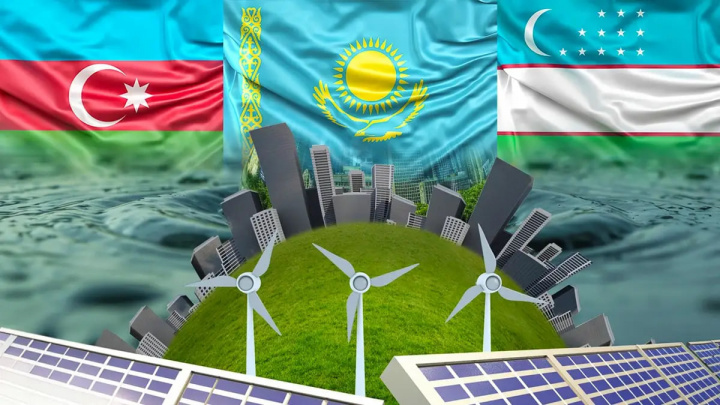Share of renewable energy sources in Uzbekistan’s total electricity to reach 25% by 2030
Uzbekistan plans to increase the share of renewable energy sources (RES) to 25% by 2030, the Ministry of Energy said in a statement.

Photo: Getty Images
It is noted that today the share of renewable energy sources in the total volume of electricity produced in the country is 10%, the remaining 90% is generated from traditional sources.
“In order to achieve the goal of introducing new directions of electricity generation in the country, large-scale work is being carried out to master and apply in practice technologies that allow the use of priority types of RES such as wind and solar energy.
According to leading experts in wind energy, Uzbekistan has a huge potential in this area due to its geographical location and climatic conditions.
In order to consistently develop the sphere of renewable energy sources, Uzbekistan is negotiating with large companies that offer competitive conditions for the construction and operation of wind generators,” the statement reads.
On June 8, 2020, the Ministry of Investments and Foreign Trade of Uzbekistan and the UAE company Masdar signed an investment agreement. According to the document, the Emirati company will design, finance, build and operate a wind farm in the Navoi region.
This is the second major project implemented by Masdar in Uzbekistan. In October last year, the company won a tender for the construction of a 100 MW solar power plant in the Navoi region on the basis of a public-private partnership. Relevant agreements on the project were signed in January 2020.
According to the Ministry of Energy, the construction and operation of a wind farm in Uzbekistan will attract more than $600 million in foreign direct investment and create 1,300 new jobs.
The commissioning of the power plant will diversify and strengthen the energy balance of the country through the production of cheap electricity at 1.8 GWh per year. That means it will cover the needs of more than 500,000 households.
The introduction of modern RES technologies will reduce the volume of natural gas used in electricity generation to 175 million cubic meters per year. It also means that the saved energy resources will be diverted to other needs, and carbon dioxide emissions will be significantly reduced (1.1 million tons per year), the ministry said.
It was noted that the construction of the new facility is expected to begin by the end of 2021. The first phase of production capacity (up to 250 MW) is scheduled for April 2023, and all capacity is scheduled to be commissioned by the end of 2024.
In September this year, Masdar installed four meteorological poles to study wind potential in the Tomdi district, Navoi region. This was the next stage in the implementation of a project to build a wind power plant with a capacity of 500 MW in the region.
The results of the study of wind potential at the construction site of the future wind power plant will allow completing the feasibility and financial feasibility study of the project. This, in turn, will be the basis for concluding loan agreements with international financial institutions, the report said.
Recommended
List of streets and intersections being repaired in Tashkent published
SOCIETY | 19:12 / 16.05.2024
Uzbekistan's flag flies high on Oceania's tallest volcano
SOCIETY | 17:54 / 15.05.2024
New tariffs to be introduced in Tashkent public transport
SOCIETY | 14:55 / 05.05.2023
Onix and Tracker cars withdrawn from sale
BUSINESS | 10:20 / 05.05.2023
Latest news
-
Strategic partnership, transport corridors, critical minerals and more – Samarkand summit highlights
POLITICS | 19:10 / 09.04.2025
-
Uzbekistan plans to extend visa-free stay for Arab countries to 30 days
SOCIETY | 18:50 / 09.04.2025
-
Uzbekistan and U.S. ink agreements to boost critical mineral projects
SOCIETY | 18:30 / 09.04.2025
-
"Tourists are complaining about poor road conditions" – President slams inaction in tourism development, orders swift infrastructure fixes
SOCIETY | 18:03 / 09.04.2025
Related News

12:45 / 09.04.2025
Electricity tariffs to rise starting May 1

19:33 / 07.04.2025
Azerbaijan, Kazakhstan, and Uzbekistan plan to establish green energy corridor

17:33 / 07.04.2025
Government announces energy subsidies and one-time support for needy households

13:03 / 05.04.2025



